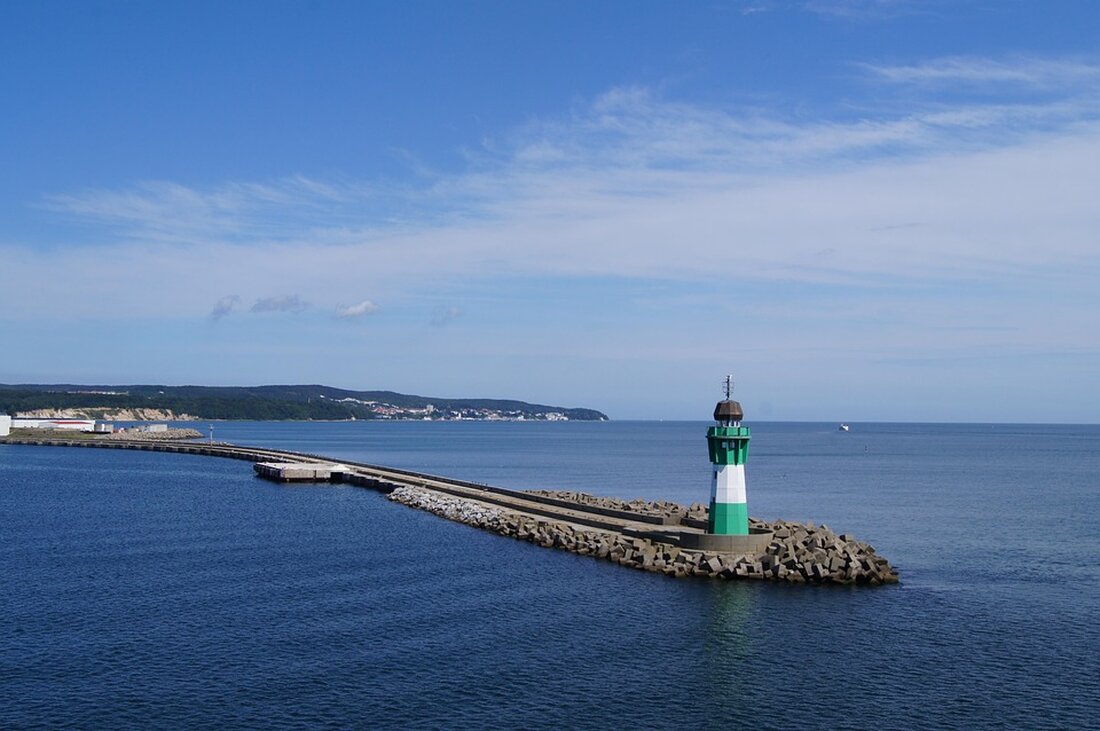Submarine off Sassnitz: Military tensions on the Baltic Sea are rising!
Vacationers on the Baltic Sea observe submarines and drones in NATO operations. Militarization of the region is increasing while security risks are rising.

Submarine off Sassnitz: Military tensions on the Baltic Sea are rising!
On August 10, 2025, a submarine was spotted off the German Baltic Sea coast near Sassnitz. Holidaymakers observed the submarine, which was accompanied by a coast guard ship. A vacationer was able to capture the sighting on video and uploaded the footage to Facebook. However, this led to the temporary suspension of his account after representatives from defense contractor ThyssenKrupp Marine Systems (TKMS) asked him to delete the recordings. TKMS did not comment on the identity of the submarine, citing military secrecy.
The Baltic Sea has become a focus of military activity in recent years. Security analyst Katarzyna Zysk describes the region as increasingly militarized, with an increased presence of NATO countries and Russia. These developments have been particularly noticeable since the beginning of Russia's war of aggression against Ukraine, as the number of incidents at sea, under water and in the air has increased significantly. Helge Adrians from the Berlin Science and Politics Foundation warns of an acute escalation in the Baltic Sea region.
Geopolitical tensions and military activities
In the course of the fight for access to Russian raw materials, especially oil, the so-called shadow fleet and the activities associated with it play a central role. This shadow fleet is responsible for 70% of Russia's crude oil exports. Denmark has been checking tankers off Skagen since February 2025 and has already detained two. Suspicion of Russian involvement in attacks on critical underwater infrastructure, such as power cables and pipelines, is growing. A particularly noteworthy incident is the case of the cargo ship EAGLE-S in December 2024, which was linked to sabotage of submarine cables. Both Boris Pistorius and Estonia's Interior Minister Lauri Läänemets described these incidents as an "attack".
In addition, drones of unclear origin, possibly from Russia, are increasingly being observed in the Baltic Sea. In June 2025, the German Air Force intercepted a Russian reconnaissance aircraft without a transponder signal. In response to the increasing tensions, Poland is planning a massive upgrade of coastal surveillance, including the purchase of naval drones. Germany, on the other hand, is investing in new Eurofighters and F-35 stealth jets to counter the growing threat in the region.
Baltic Sea risk factor
The risks of incidents in the Baltic Sea have increased significantly with the increase in military maneuvers and controls. The combination of military activity and geopolitical tensions gives the Baltic Sea a crucial role in the European security system. While the incidents cited illustrate the military challenges, it remains to be seen how the states involved will respond to this situation.
Overall, it is clear that the Baltic Sea has become a dangerous theater that is of central importance for both military and geopolitical conflicts. NATO also reacted and Spiegel reports Surveillance ships deployed to investigate and prevent possible acts of Russian sabotage. Developments in this region will be followed closely as they could have far-reaching consequences for European security.

 Suche
Suche
 Mein Konto
Mein Konto